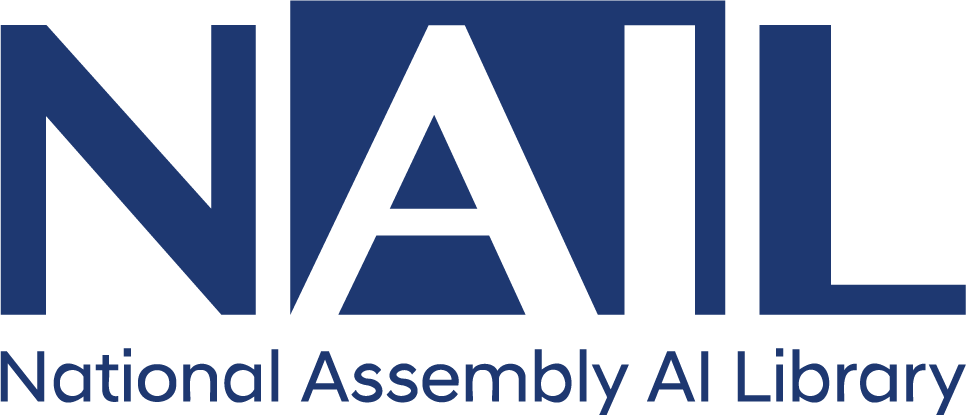목차
Acknowledgments v
Addressing Racial Equity in Jail Population Reduction 1
Methodology 2
Attending to Equity in Lake County’s SJC Reform Work 3
Joining the Safety and Justice Challenge Network 4
Local Reform Initiatives Preceding the SJC 5
Perceived Drivers of Racial Disparities in the Jail Population 6
Racial Equity–Focused Work in Lake County’s SJC Collaborative 6
System Partner Collaboration and the Criminal Justice Community Council 7
Forming the Equity Team and Defining Equity 7
The Equity Team and Community Engagement 8
Data-Driven Approaches and Transparency 9
Collaboration and Community-Engagement Efforts and Challenges 10
Equity-Focused Approaches in Lake County’s Broader SJC Strategies 11
Attending to Equity in San Francisco’s SJC Reform Work 13
Joining the Safety and Justice Challenge Network 15
Perceived Drivers of Racial Disparity in San Francisco’s Jail Population 15
Racial Equity–Focused SJC Work and Key Strategies 16
Stakeholder Perceptions of Collaboration and Community Engagement 20
SJC Fellowship Program 21
Other SJC Community Engagement 23
Equity and Jail Population Trends in Lake County and San Francisco 24
Perceived Successes 27
Increased Availability and Use of Data 27
Inclusion of People with Lived Experience 28
Open Discussions on Race 28
Perceived Challenges 28
Resistance and Implementation Challenges 29
Identifying Progress 29
Decisionmaking and Stakeholder Learning 30
External Factors 30
Community Involvement 31
Common Themes and Lessons Learned 31
1. Data Play a Pivotal Role in Efforts toward Equity 31
2. Racial Equity Efforts Led to Openness to Discussing Race 32
3. Institutionalizing Equity Work Is a Multilayered Process 32
4. Behavioral Health and Housing Matter for Equity 32
5. Cross-System Partnerships Are Needed to Reduce Disparities 32
6. Community Engagement Continues to Be a Challenging Area for Government 33
7. People Have Diverse Philosophies on Racial Equity 33
Conclusion 33
Notes 35
References 36
About the Authors 37
Statement of Independence 38



